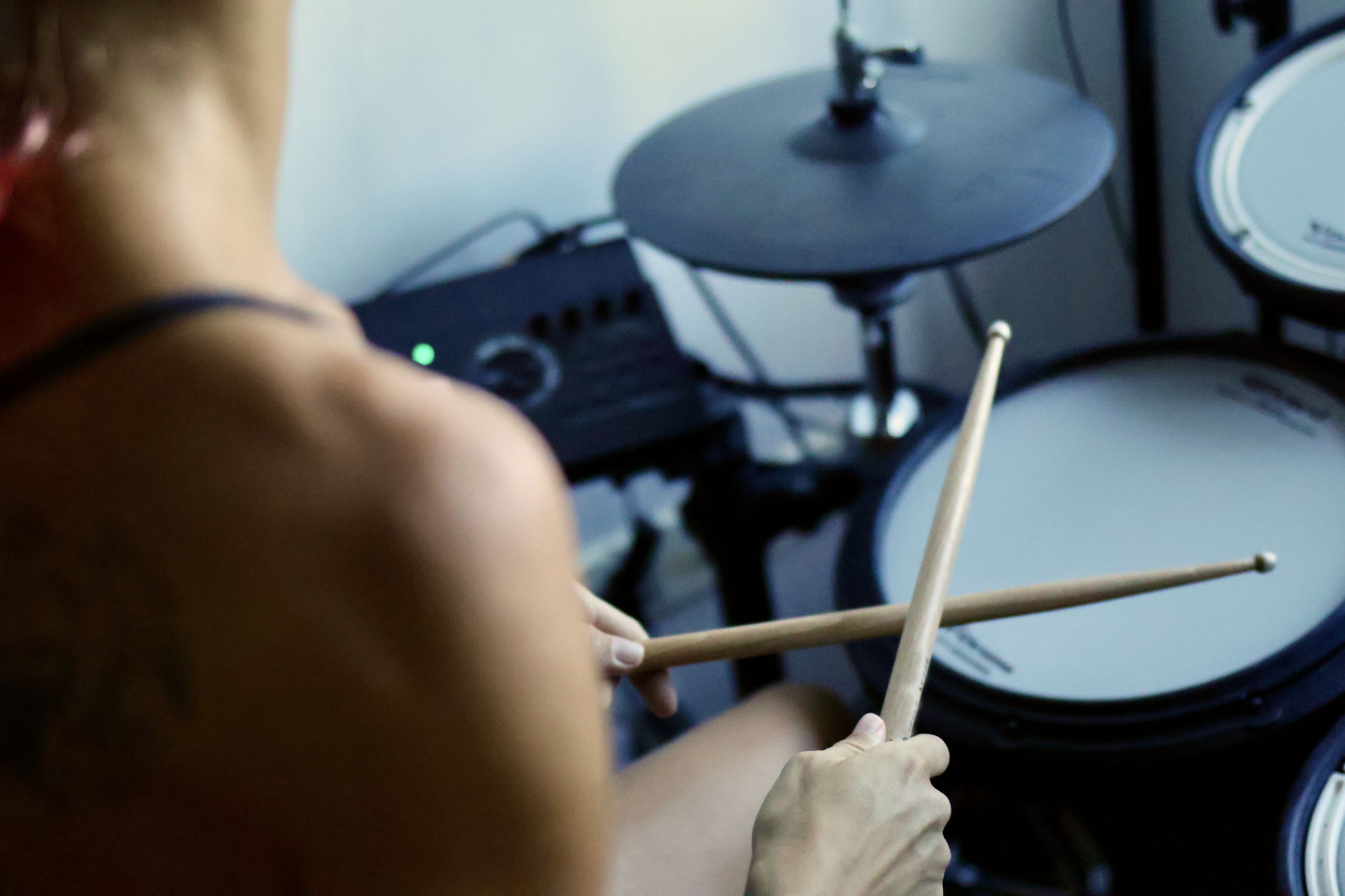Mastering Jazz Drumming: A Comprehensive Guide for Aspiring Musicians
Understanding the Basics of Jazz Drumming
Jazz drumming is a unique and intricate art form that requires a deep understanding of rhythm, timing, and creativity. Unlike other genres, jazz drumming is characterized by its emphasis on improvisation and complex syncopated rhythms. To become a master jazz drummer, aspiring musicians must first focus on the fundamentals. This includes mastering the basic drum set components, such as the snare drum, bass drum, hi-hats, and cymbals.
One of the key elements in jazz drumming is developing a strong sense of swing. Swing is the rhythmic feel that gives jazz its distinct groove, often described as a "lilting" or "bouncing" quality. To achieve this, drummers must learn to play in a way that emphasizes the off-beat or the "and" of each beat. Practicing with a metronome and playing along with jazz recordings can help develop this essential skill.

The Importance of Listening
Listening is an invaluable skill for any jazz musician but is especially crucial for drummers. By actively listening to jazz music, drummers can internalize different styles, rhythms, and techniques used by legendary jazz drummers like Max Roach, Art Blakey, and Elvin Jones. This not only enhances one's playing ability but also provides inspiration for creating unique drum patterns and solos.
Attending live jazz performances can also be incredibly beneficial. Observing professional drummers in action offers insights into their techniques and how they interact with other musicians on stage. Additionally, participating in jam sessions allows aspiring drummers to apply what they've learned in a live setting and receive feedback from more experienced players.
Developing Independence and Coordination
One of the greatest challenges in jazz drumming is achieving independence and coordination between all four limbs. Drummers must be able to play different rhythms with their hands and feet simultaneously. This requires rigorous practice and dedication to develop muscle memory and control.

Begin by practicing simple patterns that involve alternating between the hands and feet. Gradually increase the complexity by incorporating more intricate rhythms and syncopations. Drumming exercises that focus on limb independence can be particularly helpful in building this vital skill.
Exploring Advanced Techniques
Once you have a solid foundation in jazz drumming, it's time to explore more advanced techniques that can elevate your playing to new heights. Brushwork, for instance, adds a unique texture to drum playing and is commonly used in ballads and soft swing tunes. Mastering the use of brushes can enhance your versatility as a drummer.

Another advanced technique is polyrhythms, which involves playing two or more contrasting rhythms simultaneously. Polyrhythms add complexity and depth to your drumming, allowing you to create dynamic and engaging performances.
The Role of Improvisation
Improvisation is at the heart of jazz music, making it an essential skill for any jazz drummer. Developing the ability to improvise requires a balance between technical proficiency and creative expression. One effective method is to practice improvising over standard jazz tunes, experimenting with different rhythmic patterns and fills.
Recording your practice sessions can provide valuable insights into your improvisational style and highlight areas for improvement. Over time, you'll develop your unique voice as a drummer, capable of contributing meaningfully to any jazz ensemble.
